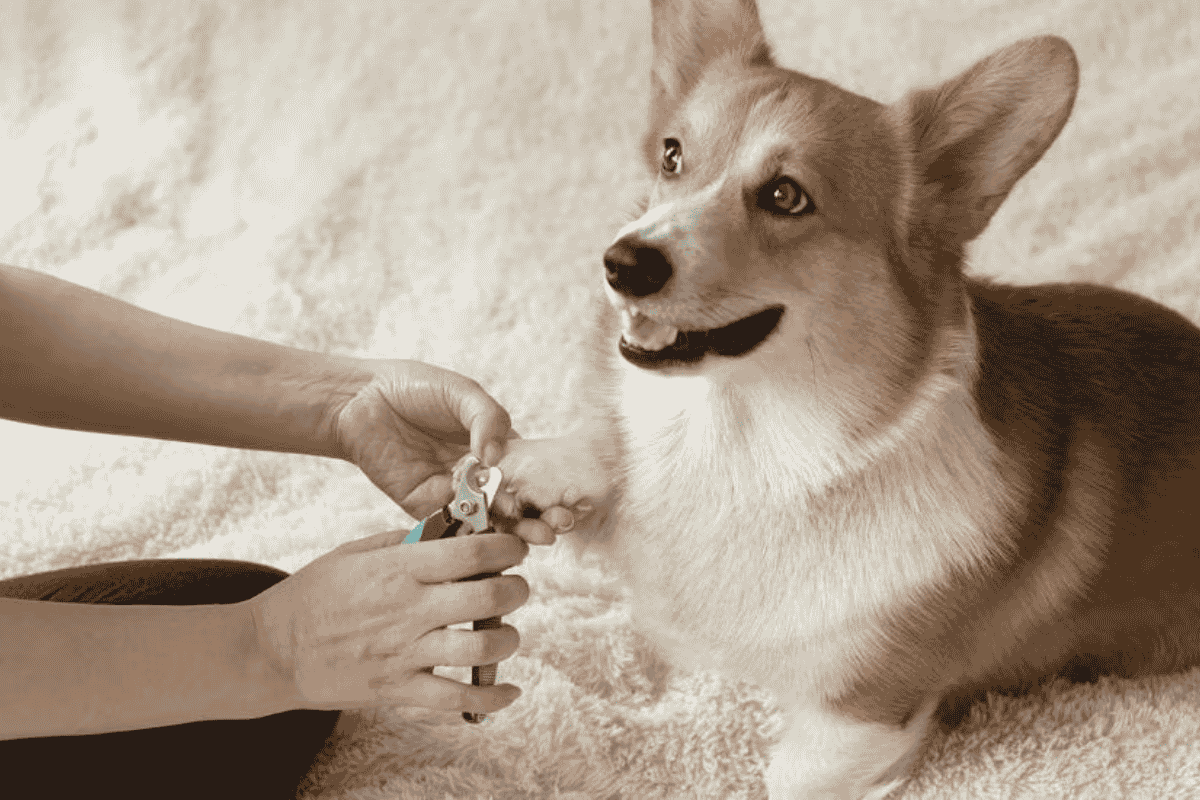Proper identification is one of the most important ways to ensure your dog can be safely returned to you if they ever get lost. While collars and ID tags are essential, they can fall off or become damaged.
That’s why microchipping your dog is one of the best ways to provide a permanent form of identification and peace of mind.
Let’s explore how dog microchips work, why they’re so effective, and how simple and affordable it is to get your dog microchipped.
What Is a Dog Microchip and How Does It Work?
A dog microchip is a tiny electronic device—about the size of a grain of rice—implanted just under the dog’s skin, typically between the shoulder blades. Each microchip contains a unique identification number, which is recorded in the manufacturer’s database.
When you register the chip, you attach your contact information (name, address, phone number, and email) to that ID number.
Veterinary offices, animal shelters, and rescue organizations are equipped with microchip scanners. When a lost dog is found, a simple scan reveals the chip’s ID number.
The veterinarian or shelter can then contact the chip manufacturer or search the national database to locate your contact details—making it much easier to reunite you with your pet.
Dog Microchips Save Lives
Microchipping can literally be a lifesaver for dogs who go missing.
If your dog is lost, stolen, or ends up in a shelter, their microchip serves as a permanent, tamper-proof ID that ensures they can be identified and returned home.
It’s crucial to keep your registration information up to date with the microchip company. If you move or change your phone number, log into your account and update the details.
Statistics show that microchipped dogs are reunited with their owners at much higher rates than those without microchips. In contrast, unchipped stray dogs often face a greater risk of euthanasia if their owners cannot be located.
Simply put, a microchip can save your dog’s life.
Implanting a Microchip Is Quick and Easy
Many pet parents worry that microchipping might be painful or complicated—but it’s actually a simple, fast, and nearly painless procedure that takes only a few seconds.
Here’s what typically happens:
- Your veterinarian will check that the chip is functioning and matches the registration number on your paperwork.
- The microchip is then injected with a sterile needle between your dog’s shoulder blades, just under the skin.
- The process feels similar to a routine vaccination.
Most dogs tolerate the procedure extremely well, especially with a few tasty treats on hand. Soft training treats like Zukes® Mini Naturals or Nutro™ Crunchy Treats can help keep your pup calm and focused.
According to the American Veterinary Medical Association (AVMA), the procedure has a very low rate of side effects, and most microchips are not detectable by touch unless your dog is very small or thin-skinned (such as a Yorkshire Terrier or Greyhound).
Microchipping a Dog Is Inexpensive
Microchipping your dog is an investment in safety and peace of mind—and it’s surprisingly affordable.
The average cost to microchip a dog is between $25 and $70, depending on your location and veterinary clinic. Some local mobile clinics and pet adoption events offer discounted microchipping throughout the year.
Microchips are designed to last for the lifetime of your dog, requiring no maintenance or batteries. The only ongoing responsibility is keeping your contact information current in the online registry.
The Bottom Line
Collars and tags are important, but they aren’t foolproof. A microchip provides permanent identification that can’t fall off or fade away. For a small cost and a simple procedure, you can greatly improve your chances of being reunited with your furry friend if they ever get lost.
FAQs
What is a microchip for dogs?
A dog microchip is a tiny electronic device, about the size of a grain of rice, implanted under your dog’s skin between the shoulder blades. It contains a unique ID number linked to your contact information in a national database, helping reunite you with your pet if they ever get lost.
How does a dog microchip work?
When a lost dog is brought to a vet or shelter, staff can scan the microchip to reveal its ID number. That number is then used to look up your contact details in the microchip registry, allowing you to be contacted and reunited with your dog.
Does microchipping a dog hurt?
Microchipping is a quick and simple procedure, similar to a vaccination. Most dogs barely notice the injection. It causes minimal discomfort and carries a very low risk of side effects.
How much does it cost to microchip a dog?
The cost to microchip a dog typically ranges from $25 to $70, depending on your location and veterinarian. Some mobile pet clinics and animal shelters also offer discounted microchipping events throughout the year.
Do dog microchips need to be replaced or recharged?
No, dog microchips don’t require batteries or maintenance. They are designed to last for your pet’s lifetime. The only upkeep needed is keeping your contact information updated in the online registry.
Can a microchip help if my dog is stolen?
Yes. If your dog is stolen and later scanned by a vet or shelter, the microchip will reveal that you are the registered owner. It serves as permanent proof of ownership and can help recover your pet.












